Systematic review
-
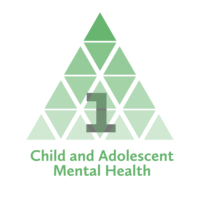
Most cited CAMH paper #1 of 25: Systematic Review of Evidence and Treatment Approaches: Psychosocial and Mental Health Care for Children in War
Mark J.D. Jordans, Wietse A. Tol, Ivan H. Komproe, Joop V.T.M. De Jong.
Read more
Key Practitioner Message includes; Most descriptive papers lack a comprehensive presentation of treatment modalities and either report single interventions or are limited to position statements. -
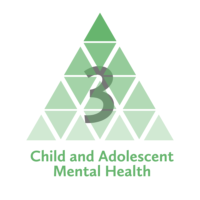
Most cited CAMH paper joint #3 of 25: Screening Efficiency of the Child Behavior Checklist and Strengths and Difficulties Questionnaire: A Systematic Review
Erin M. Warnick, Michael B. Bracken, Stanislav Kasl
Read more
Key Practitioner Message includes; Dimensional symptom scales can be used to help identify areas of difficulty associated with mental health disorders in children and adolescents. -
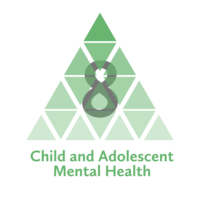
Most cited CAMH paper #8 of 25: Review: Effectiveness of mindfulness in improving mental health symptoms of children and adolescents: a meta‐analysis
Kannan Kallapiran, Siew Koo, Richard Kirubakaran, Karen Hancock.
Read more
Key Practitioner Message includes; MBIs are a useful addition to the armamentarium for the treatment of children and adolescents -
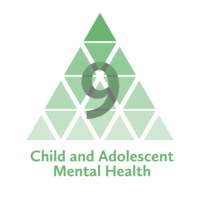
Most cited CAMH paper #9 of 25: Review: A systematic review of the impact of physical activity programmes on social and emotional well‐being in at‐risk youth
David R. Lubans, Ron C. Plotnikoff, Nicole J. Lubans.
Read more
Key Practitioner Message includes; Clinicians working with at‐risk youth are encouraged to consider specific physical activity programmes to support social and emotional well‐being and general health in this group -
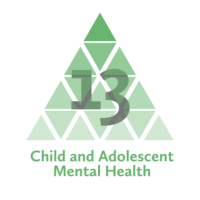
Most cited CAMH paper joint #13 of 25: Child and parent engagement in the mental health intervention process: a motivational framework
Gillian King, Melissa Currie, Patricia Petersen.
Read more
Key Practitioner Message includes; Practitioners can play a key role in optimizing client engagement by maximizing the client’s receptivity, willingness, and self‐efficacy -
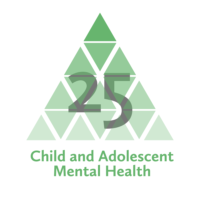
Most cited CAMH paper #25 of 25: Review: The impact of motor development on typical and atypical social cognition and language: a systematic review
Hayley C. Leonard, Elisabeth L. Hill.
Read more
Key Practitioner Message includes: Significant relationships exist between the development of motor skills, social cognition, language and social interactions in typical and atypical development -

Age-related immaturity in the classroom can lead to ADHD misdiagnosis
Researchers from Australia, France, the USA and the UK have come together to compile a 2019 Annual Research Review for the Journal of Child Psychology and Psychiatry on the correlation between a late birth-date (relative to the school year) and risk of attention-deficit/hyperactivity disorder (ADHD).
Read more -

Supportive counselling is ineffective for managing PTSD in youth
More than half of children and young people are exposed to potentially traumatic events,and a significant minority of those exposed go on to develop post-traumatic stress disorder (PTSD). Because PTSD can be chronic, it can have a notable impact on child development, as well as social, academic and occupational function – it is therefore imperative that effective treatments are identified and prioritized.
Read more -
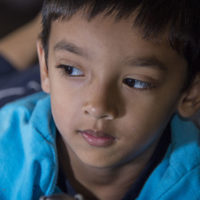
Help yourself (but get some support): meta-analysis of self-help interventions for children
We know that poor mental health in childhood is associated with poorer quality of life, increased likelihood of having a mental health disorder in adulthood and poorer occupational and social outcomes. We also know that there are numerous effective interventions for mental health problems, with over 750 treatment protocols for evidence-based psychological treatments in children. However, demand for treatment outstrips supply.
Read more -
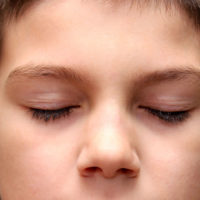
Mindfulness-based interventions improve depression and anxiety outcomes in youths
In 2019, Darren Dunning and colleagues compiled a Research Review for the Journal of Child Psychology and Psychiatry in which they evaluated, for the first time, the efficacy of MBIs on cognition and mental health in adolescents <18 years-of-age.
Read more